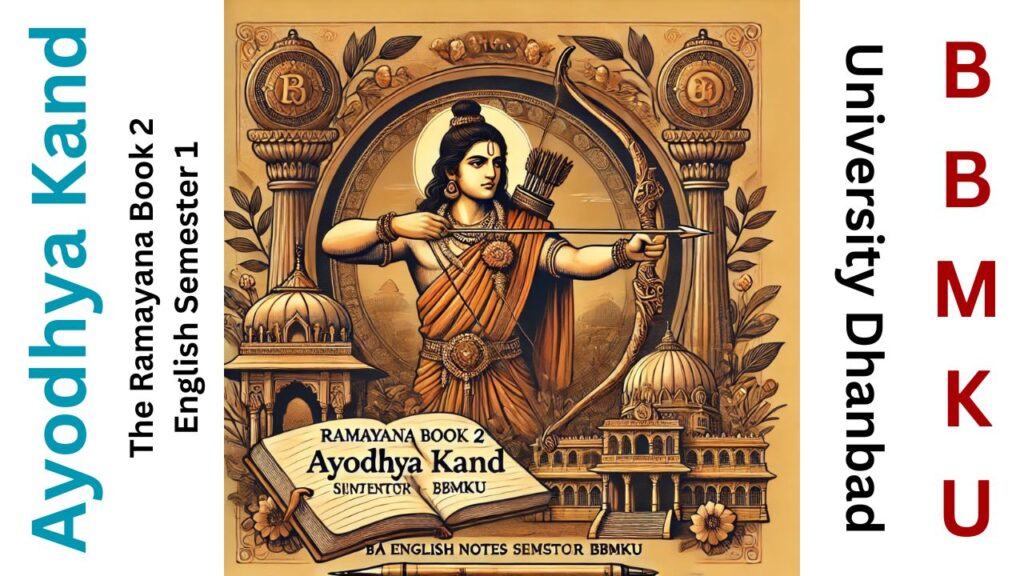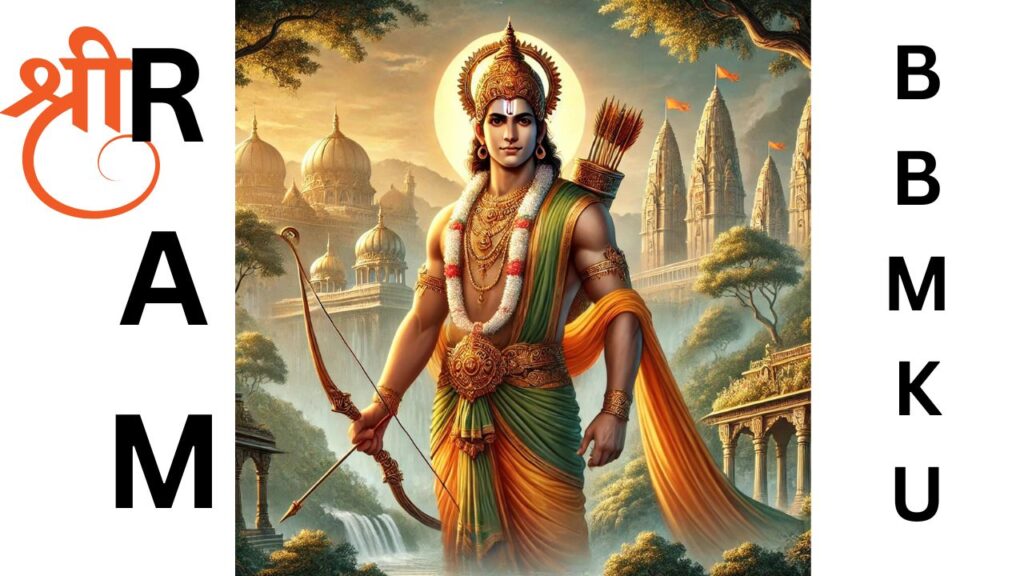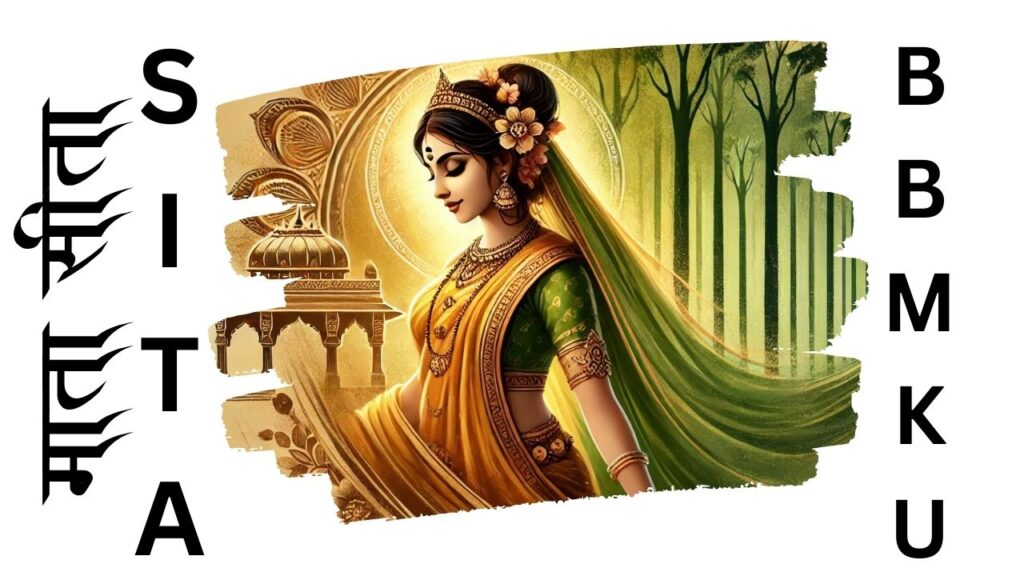Introduction to Indian Aesthetics
Indian aesthetics, an intrinsic aspect of the country’s cultural heritage, offers a profound understanding of how art, literature, and performance evoke emotions. Central to this tradition are the concepts of Alankara (ornamentation) and Rasa (aesthetic experience). These theories, rooted in Sanskrit poetics, have significantly influenced Indian literature, dance, music, and theatre for centuries.
This article delves into the origins, principles, and applications of Alankara and Rasa theories, uncovering their timeless relevance in artistic expression.
Alankara and Rasa Theory English Notes SEM 1
What is Alankara?
The term Alankara translates to “ornament” or “adornment” in Sanskrit. In literary and artistic contexts, Alankara refers to the embellishments used to enhance the aesthetic appeal of a work. Just as ornaments beautify a person, Alankaras beautify poetry and prose.
Types of Alankara
Alankaras are broadly categorized into two types:
- Shabdalankara (Ornamentation of Sound): These focus on the phonetic beauty of words, such as alliteration and rhyme. Examples include:
- Anuprasa (Alliteration): Repetition of similar sounds.
- Yamaka (Rhyme): Repetition of words or syllables.
- Arthalankara (Ornamentation of Meaning): These emphasize semantic beauty, often using metaphors, similes, and hyperbole. Examples include:
- Upama (Simile): Comparing two entities using words like “as” or “like.”
- Rupaka (Metaphor): Directly equating one thing with another.
Significance of Alankara
Alankara plays a crucial role in:
- Enhancing the sensory appeal of literature.
- Engaging the reader by stimulating their imagination.
- Adding depth and richness to the narrative.
What is Rasa Theory?
While Alankara focuses on the embellishment of artistic expression, Rasa theory delves into the essence of experiencing art. Rasa, meaning “essence” or “flavor,” was first systematized by Bharata in his seminal text, the Natya Shastra.
The Concept of Rasa
Rasa refers to the emotional essence evoked in an audience through art, literature, or performance. According to Bharata, the purpose of art is to create an immersive experience where the audience transcends their mundane reality to savor these emotions.
The Navarasa (Nine Rasas)
Bharata outlines nine primary Rasas, each corresponding to a specific emotion:
- Shringara (Love/Beauty): Evokes feelings of romance, passion, or attraction.
- Example: The lyrical beauty of Kalidasa’s Meghaduta.
- Hasya (Laughter): Represents humor and joy.
- Example: Comedic interludes in Sanskrit dramas like Mrichchhakatika.
- Karuna (Compassion): Stirs feelings of empathy and sorrow.
- Example: The tragedy of Shakuntala’s separation in Kalidasa’s Abhijnanashakuntalam.
- Raudra (Anger): Depicts fury and intensity.
- Example: The fierce depiction of Shiva in mythological narratives.
- Veera (Courage): Inspires heroism and bravery.
- Example: The valor of Arjuna in the Mahabharata.
- Bhayanaka (Fear): Provokes a sense of dread or anxiety.
- Example: The eerie atmospheres in ghostly tales and legends.
- Bibhatsa (Disgust): Elicits revulsion or aversion.
- Example: Graphic descriptions of battlefields in epics.
- Adbhuta (Wonder): Evokes awe and amazement.
- Example: The celestial visions in the Bhagavad Gita.
- Shanta (Peace): Represents tranquility and spiritual calm.
- Example: Meditative poetry in Indian mysticism.
The Process of Rasa Realization
The creation of Rasa involves a synthesis of three elements:
- Vibhava (Determinants): The cause or stimulus that triggers an emotion.
- Anubhava (Consequents): The visible effects or responses to the emotion.
- Vyabhichari Bhavas (Transient States): The fleeting emotional states that enrich the dominant emotion.
The Interplay Between Alankara and Rasa
While Alankara and Rasa may seem distinct, they are deeply interconnected. Alankaras serve as tools that amplify the emotional resonance of Rasa. For instance:
- A metaphor (Rupaka) can heighten the emotional depth of Karuna Rasa.
- The rhythmic beauty of Anuprasa can enhance the experience of Shringara Rasa.
Together, these elements create a holistic artistic experience, captivating both the intellect and the heart.
Historical Evolution of Alankara and Rasa Theories
Contributions of Key Thinkers
- Bharata (Natya Shastra): Introduced Rasa theory, laying the foundation for Indian aesthetics.
- Bhamaha and Dandin: Early proponents of Alankara, emphasizing its role in poetic beauty.
- Anandavardhana (Dhvanyaloka): Bridged the gap between Alankara and Rasa by introducing the concept of Dhvani (suggestion) as the soul of poetry.
- Abhinavagupta (Abhinavabharati): Expanded on Rasa theory, focusing on its psychological and spiritual dimensions.
Applications of Alankara and Rasa Theories
In Literature
- Poets like Kalidasa, Bhavabhuti, and Tulsidas masterfully employed Alankaras to evoke Rasas in their works.
In Performing Arts
- Classical dance forms like Bharatanatyam and Kathak use facial expressions and gestures to convey Rasas.
- Theatre traditions such as Kathakali are rooted in the portrayal of Navarasa.
In Visual Arts
- Paintings and sculptures often depict mythological themes that evoke specific Rasas, like Shringara in temple carvings.
In Modern Contexts
- Contemporary Indian cinema continues to draw from Alankara and Rasa theories to create emotionally resonant storytelling.
Relevance in Contemporary Times
Despite being ancient, Alankara and Rasa theories remain relevant in modern artistic practices. Their emphasis on emotional connection and aesthetic pleasure resonates universally, transcending cultural and temporal boundaries.
Integration with Global Aesthetics
The principles of Alankara and Rasa have found parallels in Western theories of aesthetics, such as Aristotle’s Poetics and the Romantic emphasis on imagination and emotion.
Conclusion
The theories of Alankara and Rasa form the bedrock of Indian aesthetics, offering timeless insights into the art of creating and experiencing beauty. By understanding these concepts, one gains a deeper appreciation of Indian art, literature, and culture.
In a world increasingly drawn towards sensory overload, the balanced interplay of Alankara and Rasa reminds us of the power of simplicity, subtlety, and emotional resonance in artistic expression.




Pingback: The Significance of Draupadi’s Question in Mahabharata: A Feminist Perspective